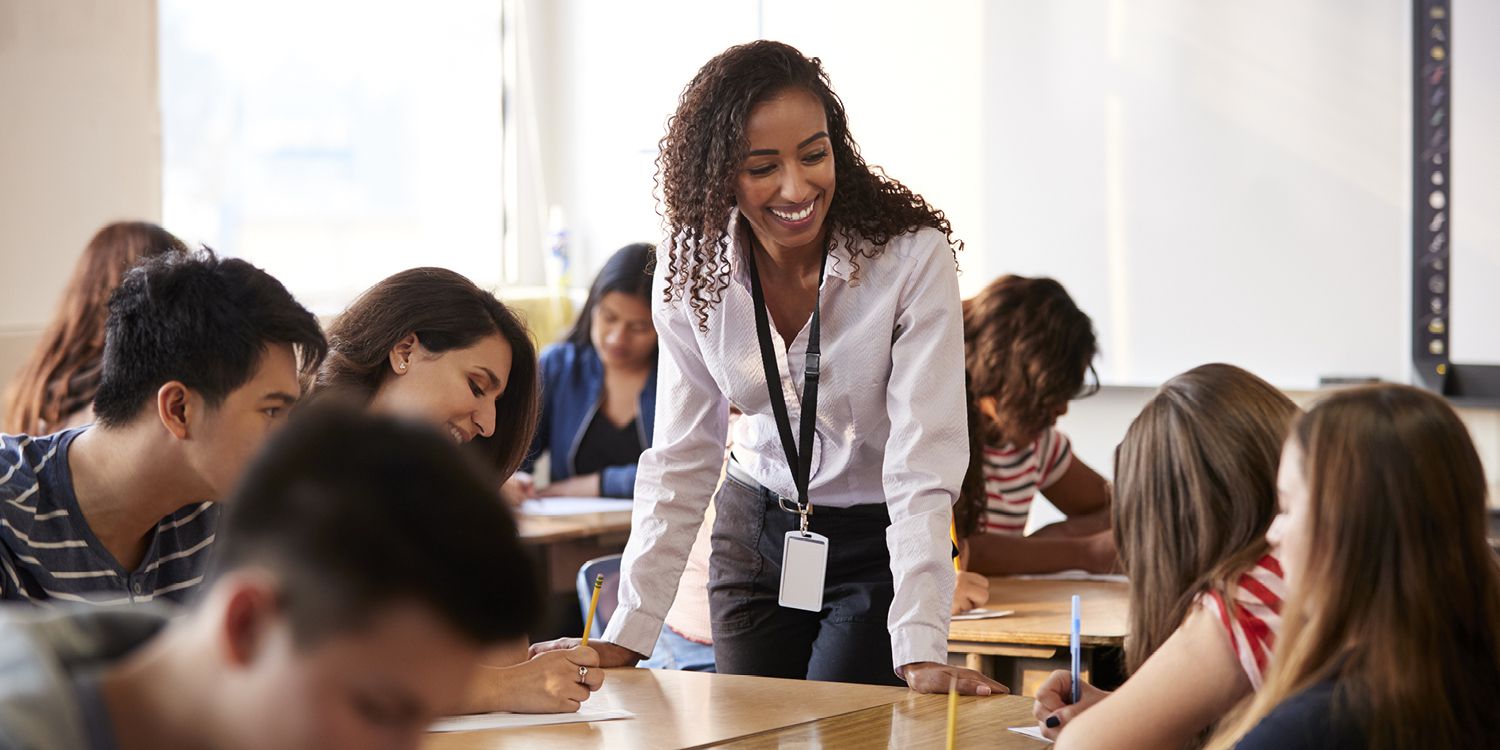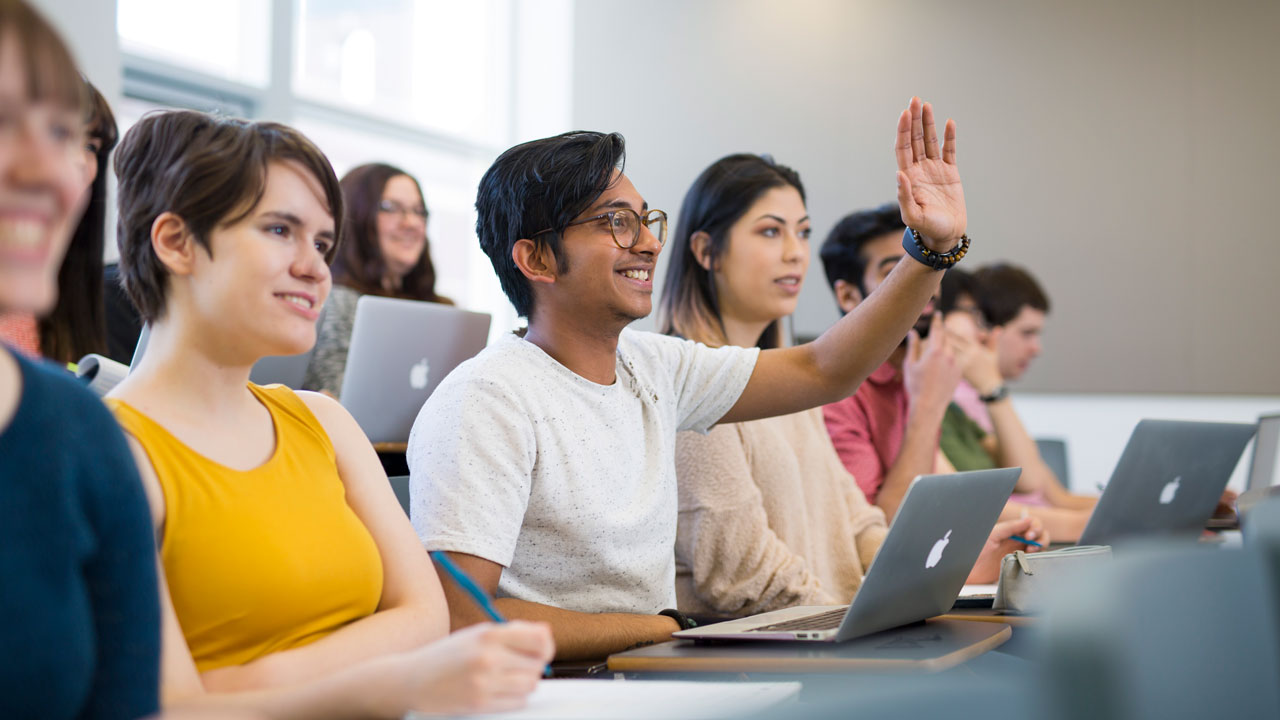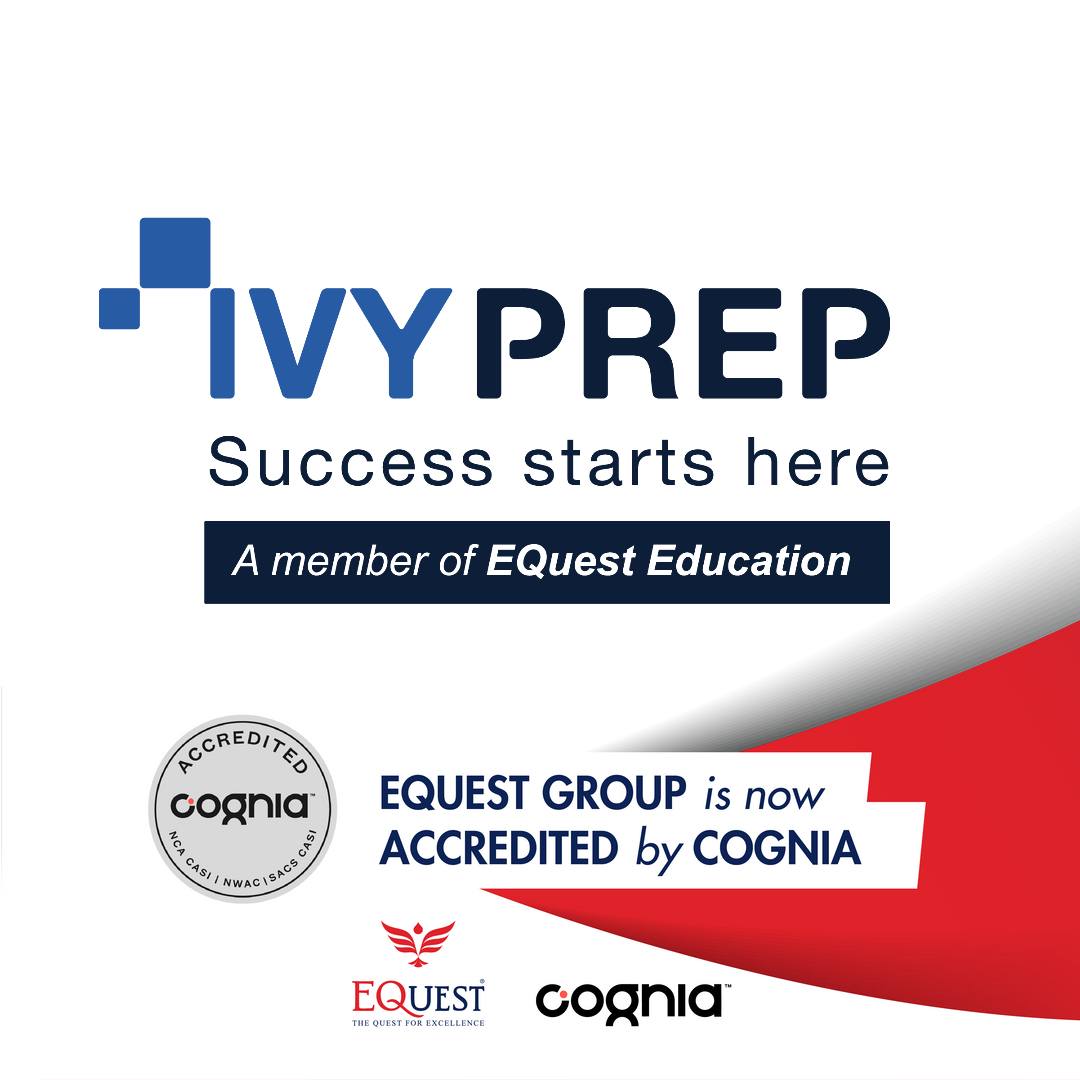Teaching is a dynamic process that requires an array of methods to meet the diverse learning needs of students. With so many different teaching methods available, it can be challenging for educators to choose the most effective one for their class. In this article, VTJ will explore 14 types of teaching methods that can be used to create an effective and engaging lesson. Whether you are a seasoned educator or just starting out, this guide will offer valuable insights and inspiration for delivering impactful and meaningful lessons to your students.
What are teaching methods?
There are different types of teaching methods
Teaching methods, including different types of teaching methods, are the strategies and techniques that educators use to facilitate learning and instruction in the classroom. These methods are specifically designed to help students engage with the material, develop critical thinking skills, and ultimately retain and apply the knowledge they acquire. Some examples of types of teaching methods include traditional lecture-style presentations, interactive discussions, hands-on activities, and technology-based tools.
Effective teaching methods, including the different types of teaching methods, are essential for ensuring that students are able to learn and apply new concepts and skills. By utilizing a variety of methods, educators can engage different learning styles and accommodate the diverse needs and abilities of their students. For instance, some students may learn best through visual aids, while others may benefit more from hands-on activities or group projects. By using a combination of these teaching methods, educators can create a comprehensive learning environment for their students.
Moreover, different types of teaching methods can also be used to achieve different learning outcomes. Some methods may be more effective for introducing new concepts or building foundational knowledge, while others may be better suited for promoting critical thinking, problem-solving, and collaboration. Therefore, it is important for educators to be aware of the different types of teaching methods available and how they can be used to support specific learning goals and objectives.
In conclusion, teaching methods, including the various types of teaching methods, play a crucial role in creating a positive learning environment and ensuring that students are able to reach their full potential. By understanding the strengths and weaknesses of each method and how they can be used to promote learning, educators can create engaging and effective lesson plans that help students develop the skills and knowledge they need to succeed.
The Importance of Teaching Methods
Effective teaching methods are essential for creating an engaging and dynamic learning environment
The importance of teaching methods, particularly the different types of teaching methods, cannot be overstated in the field of education. Effective teaching methods are essential for creating an engaging and dynamic learning environment, where students can learn and apply new concepts and skills. By utilizing a variety of teaching methods, educators can cater to the diverse needs and abilities of their students and provide them with the best possible learning experience.
One of the primary benefits of using different types of teaching methods is that they help to engage students with the material. For instance, some students may find traditional lecture-style presentations to be tedious and uninteresting, while others may find them to be the most effective way of learning. By incorporating a variety of teaching methods, educators can appeal to different learning styles and help students stay engaged with the material.
Moreover, different types of teaching methods can be used to achieve different learning outcomes. For instance, hands-on activities and group projects can be particularly effective for promoting collaboration, problem-solving, and critical thinking skills. On the other hand, traditional lecture-style presentations may be more effective for introducing new concepts and building foundational knowledge.
In addition, the use of different types of teaching methods can also help to create a positive and inclusive learning environment. By catering to the diverse needs and abilities of their students, educators can help to ensure that every student feels valued and supported in the classroom.
Overall, the importance of teaching methods, including the different types of teaching methods, cannot be overstated. Effective teaching methods are essential for creating an engaging and effective learning environment, where students can learn and apply new concepts and skills. By understanding the strengths and weaknesses of different teaching methods and how they can be used to promote learning, educators can create engaging and effective lesson plans that help students develop the skills and knowledge they need to succeed.
Types of teaching methods
1. Teacher-Centered Instruction
One of the types of teaching methods commonly used in classrooms is teacher-centered instruction
One of the types of teaching methods commonly used in classrooms is teacher-centered instruction. This approach, as the name suggests, places the teacher at the center of the learning process, with the teacher serving as the primary source of knowledge and instruction. In this approach, the teacher directs the learning process, sets the pace of instruction, and controls the flow of information.
One of the advantages of teacher-centered instruction is that it can be an efficient way of delivering information to a large group of students. It also allows for a structured and organized approach to teaching, with the teacher providing clear guidance and direction for students. Additionally, teacher-centered instruction can be particularly effective for introducing new concepts and building foundational knowledge.
However, there are also some disadvantages to this approach. One of the main criticisms of teacher-centered instruction is that it can be passive and disengaging for students. Students may feel like they are simply receiving information, rather than actively engaging with the material and developing their critical thinking skills. Moreover, this approach may not be suitable for accommodating different learning styles and needs, as it does not provide opportunities for students to explore and discover the material on their own.
In conclusion, teacher-centered instruction is one of the types of teaching methods used in classrooms. While it can be an efficient way of delivering information and providing clear guidance for students, it may not be the most effective approach for promoting engagement, critical thinking, and active learning. By understanding the strengths and weaknesses of different teaching methods, educators can create engaging and effective lesson plans that help students develop the skills and knowledge they need to succeed.
2. Student-Centered/Constructivist Approach
Another type of teaching method is the student-centered, which puts the student at the center of the learning process
Another type of teaching method is the student-centered or constructivist approach, which emphasizes active learning and puts the student at the center of the learning process. In this approach, the teacher serves as a facilitator, guiding students as they explore and discover the material independently.
One of the primary advantages of the student-centered approach is that it promotes active learning and critical thinking skills. By encouraging students to take an active role in their own learning, they are able to develop a deeper understanding of the material and build their problem-solving skills. Additionally, this approach can be particularly effective for accommodating different learning styles and needs, as it provides opportunities for students to explore the material in a way that works best for them.
However, there are also some disadvantages to this approach. For instance, it may be challenging to implement in large classrooms, as it requires a significant amount of planning and preparation on the part of the teacher. Additionally, some students may struggle with the freedom and independence that comes with this approach and may require more guidance and structure to be successful.
In conclusion, the student-centered or constructivist approach is another type of teaching method that emphasizes active learning and puts the student at the center of the learning process. While it can be effective for promoting critical thinking skills and accommodating different learning styles, it may require more planning and preparation on the part of the teacher, and may not be suitable for all students. By understanding the strengths and weaknesses of different teaching methods, educators can create engaging and effective lesson plans that help students develop the skills and knowledge they need to succeed.
3. Differentiated instruction
Differentiated instruction is another type of teaching method that emphasizes meeting the diverse needs of students
Differentiated instruction is another type of teaching method that emphasizes meeting the diverse needs of students in the classroom. This approach recognizes that every student has unique learning styles, abilities, and backgrounds, and seeks to create a learning environment that accommodates these differences.
One of the primary advantages of differentiated instruction is that it allows teachers to tailor their instruction to meet the specific needs of each student. By offering a variety of learning activities and assessments, teachers can help students build on their strengths and work on areas where they need improvement. Additionally, this approach can be effective for promoting student engagement, as students are able to take an active role in their own learning.
However, there are also some disadvantages to this approach. For instance, it may be challenging for teachers to manage different activities and assessments for each student, particularly in larger classrooms. Additionally, some students may struggle with the independent nature of this approach and may require more guidance and structure to be successful.
In conclusion, differentiated instruction is another type of teaching method that emphasizes meeting the diverse needs of students in the classroom. While it can be effective for promoting student engagement and accommodating different learning styles, it may require more planning and preparation on the part of the teacher, and may not be suitable for all students. By understanding the strengths and weaknesses of different teaching methods, educators can create engaging and effective lesson plans that help students develop the skills and knowledge they need to succeed.
4. Technology-based learning
Technology-based learning is a type of teaching method that incorporates technology into the learning process
Technology-based learning, also known as e-learning, is a type of teaching method that incorporates technology into the learning process. This approach can take many forms, such as online classes, educational software, or multimedia presentations.
One of the main advantages of technology-based learning is that it can be flexible and convenient for both students and teachers. With e-learning, students can access educational materials from anywhere at any time, which can be particularly useful for individuals with busy schedules or those who are unable to attend traditional classroom-based courses. Moreover, this approach can provide a more personalized learning experience, as students can progress through the material at their own pace and revisit content as needed.
Another advantage of technology-based learning is that it can be interactive and engaging. Multimedia tools such as videos, animations, and interactive simulations can be used to help students visualize complex concepts and engage with the material in a more dynamic way. Additionally, this approach can provide opportunities for collaborative learning, as students can interact with each other and with their teacher through online discussion forums or other communication tools.
However, there are also some potential disadvantages to technology-based learning. One common concern is that students may become isolated or disconnected from their peers and their teacher, as online courses lack the face-to-face interaction that traditional classroom-based courses provide. Additionally, there may be technological barriers or technical difficulties that can impede the learning process.
In conclusion, technology-based learning is a teaching method that has gained increasing popularity in recent years, particularly in response to the COVID-19 pandemic. While it can provide many benefits, it is important for educators to carefully consider the strengths and weaknesses of this approach and to use it in conjunction with other teaching methods to create an engaging and effective learning experience for their students.
5. Project-Based Learning
Project-based learning (PBL) is a type of teaching method that emphasizes hands-on, real-world experiences
Project-based learning (PBL) is a type of teaching method that emphasizes hands-on, real-world experiences and collaborative problem-solving. In this approach, students work on a project or task over an extended period of time, with the goal of producing a tangible outcome or solution. Projects may be interdisciplinary, incorporating concepts from multiple subjects, and can range from research papers to multimedia presentations, community service projects, or even product designs.
One of the main advantages of project-based learning is that it can help students develop critical thinking, problem-solving, and collaboration skills. By working on a project, students are able to apply the knowledge they have acquired in a meaningful way and see the practical implications of what they are learning. Moreover, this approach can help students develop a sense of ownership and responsibility for their learning, as they take an active role in designing and executing their projects.
Another advantage of project-based learning is that it can be highly engaging and motivating for students. By working on a project that is relevant to their interests or that addresses real-world problems, students are more likely to be invested in the learning process and to be motivated to put forth their best effort.
However, there are also some potential disadvantages to project-based learning. One common concern is that this approach may be more time-consuming and resource-intensive than other teaching methods, as it requires careful planning and management to ensure that students are making progress and staying on track. Additionally, this approach may not be well-suited for students who prefer more structured, teacher-directed learning environments.
In conclusion, project-based learning is a teaching method that can provide many benefits for students, particularly in terms of developing critical thinking, problem-solving, and collaboration skills. However, it is important for educators to carefully consider the strengths and weaknesses of this approach and to ensure that it is used in a way that is appropriate for their student’s needs and learning styles.
6. Group learning
Group learning is a type of teaching method that emphasizes the importance of social interaction and cooperation
Group learning, also known as collaborative learning, is a type of teaching method that emphasizes the importance of social interaction and cooperation among students in the classroom. In this approach, students work together in small groups to complete assignments, solve problems, and learn from each other. The goal of group learning is to enhance student engagement, promote critical thinking skills, and foster a sense of community and collaboration among learners.
One of the main advantages of group learning is that it encourages students to take an active role in their own learning. By working together in groups, students can share their knowledge and skills, and learn from their peers. This can help to build confidence, increase motivation, and promote deeper learning. Additionally, group learning can help to develop important social skills, such as communication, teamwork, and leadership.
However, there are also some potential disadvantages to group learning. For example, students may have different levels of knowledge and skills, which can create imbalances in group dynamics. Additionally, some students may feel uncomfortable or anxious in group settings, which can impact their learning experience. It is important for educators to provide clear guidelines and expectations for group work, and to monitor and support students as they work together to ensure that everyone is able to participate and contribute to the best of their abilities.
7. Individual learning
Individual learning is a type of teaching method that places the responsibility for learning on the student
Individual learning, also known as self-directed learning, is a type of teaching method that places the responsibility for learning on the student. In this approach, students are encouraged to take an active role in their own learning by setting their own goals, choosing their own materials, and working at their own pace. The teacher’s role is to provide guidance, support, and resources, rather than to direct the learning process.
One of the main advantages of individual learning is that it allows students to tailor their learning experience to their own interests and needs. This can help to increase motivation, engagement, and retention of knowledge. Additionally, individual learning can help to develop important skills such as self-discipline, time management, and critical thinking.
However, there are also some potential disadvantages to individual learning. Students may feel isolated or lack the social interaction and feedback that comes with group learning. Additionally, individual learning can be challenging for students who lack the self-discipline or time-management skills needed to work independently. It is important for educators to provide clear guidelines, feedback, and support to ensure that students are able to achieve their learning goals and stay on track.
8. Inquiry-based learning
Featured Job
Inquiry-based learning is a type of teaching method that focuses on student-driven exploration and discovery
Inquiry-based learning is a type of teaching method that focuses on student-driven exploration and discovery. In this approach, students are encouraged to ask questions, investigate topics, and actively seek out answers through research, experimentation, and collaboration. The teacher’s role is to guide and facilitate the learning process, rather than to provide all the answers.
One of the main advantages of inquiry-based learning is that it can help to develop critical thinking skills, creativity, and problem-solving abilities. By engaging in the process of inquiry, students learn to analyze information, evaluate evidence, and draw conclusions based on their own observations and experiences. Additionally, inquiry-based learning can be highly engaging and motivating, as students are encouraged to pursue their own interests and questions.
However, there are also some potential disadvantages to inquiry-based learning. It can be challenging for students who are used to more structured learning environments, as they may struggle to navigate the open-ended nature of inquiry-based learning. Additionally, inquiry-based learning requires a high level of student engagement and self-direction, which can be difficult to achieve in some classroom settings. It is important for educators to provide scaffolding, support, and resources to help students navigate the inquiry process and achieve their learning goals.
9. Kinesthetic learning
Kinesthetic learning is a type of teaching method that involves physical activity and movement
Kinesthetic learning is a type of teaching method that involves physical activity and movement to help students learn and remember new information. This approach to learning is based on the idea that students are more engaged and can better retain information when they can use their bodies and interact with their environment.
Kinesthetic learning can take many forms, such as using manipulatives, engaging in role-playing or simulations, or incorporating movement into lessons. For example, a math lesson on fractions may involve students using blocks or other objects to physically represent the concepts being taught.
One of the advantages of kinesthetic learning is that it can be highly effective for students who struggle with traditional classroom settings. It can also help improve students’ physical coordination and cognitive skills. Additionally, kinesthetic learning can be a fun and engaging way to learn, making it a popular choice for students of all ages.
However, there are also some potential disadvantages to kinesthetic learning. For example, it can be challenging to implement in large classroom settings, and it may not be feasible for all students due to physical limitations or disabilities. Additionally, it can be time-consuming to prepare and facilitate kinesthetic activities, which may limit its use in certain situations.
10. Game-based learning
Game-based learning is a type of teaching method that involves the use of games to facilitate learning
Game-based learning is a type of teaching method that involves the use of games, either digital or non-digital, to facilitate learning. This approach involves incorporating game-like elements, such as point systems, challenges, and rewards, into the learning process to increase engagement and motivation. Game-based learning can be used to teach a wide range of subjects, from language arts to science and math.
One of the advantages of game-based learning is that it can make the learning process more enjoyable and interactive for students, leading to increased engagement and motivation. Games can also help students develop problem-solving and critical thinking skills, as they work to overcome challenges and obstacles within the game.
However, there are also some potential disadvantages to game-based learning. One concern is that students may become too focused on winning the game, rather than on learning the material. Additionally, game-based learning may not be effective for all types of learners, as some students may not respond well to the competitive or game-like aspects of the approach.
Despite these challenges, game-based learning has gained popularity in recent years, as technology has made it easier to incorporate game-like elements into the classroom. As educators continue to explore new and innovative teaching methods, game-based learning will likely continue to be an important part of the conversation.
11. Expeditionary learning
Expeditionary learning is a type of teaching method that focuses on learning through experience and exploration
Expeditionary learning is a type of teaching method that focuses on learning through experience and exploration. It is an approach that involves taking students out of the classroom and into the real world to learn and develop skills through hands-on activities and projects. This method emphasizes the importance of engaging students in their learning and providing opportunities for them to apply their knowledge in meaningful contexts.
One of the main advantages of expeditionary learning is that it helps to create a sense of community and teamwork among students. This method encourages collaboration and communication, as students work together to solve problems and complete tasks. It also provides opportunities for students to develop leadership skills and take responsibility for their own learning.
Another advantage of expeditionary learning is that it promotes active and experiential learning, which can be more engaging and memorable for students than traditional classroom-based instruction. By immersing students in real-world situations, this method helps to make learning more relevant and applicable to their lives.
However, expeditionary learning can also have some disadvantages. It may require additional time and resources to plan and execute, which can be challenging for educators who are already stretched thin. It can also be difficult to assess student learning and provide individualized feedback in the context of a group project or field experience.
Overall, expeditionary learning is a powerful teaching method that can help to create meaningful and impactful learning experiences for students. By providing opportunities for hands-on exploration and collaboration, educators can help students develop important skills and knowledge that will serve them well throughout their lives.
12. Flipped classroom
The flipped classroom is a type of teaching method that reverses the traditional order of learning activities. Instead of teachers lecturing in class and assigning homework for students to complete at home, students watch pre-recorded video lectures or complete readings before coming to class and then use class time for hands-on activities and collaborative projects. This approach allows students to take greater control over their own learning and fosters a more interactive and engaging classroom experience.
One of the key advantages of this type of teaching method is that it enables students to work at their own pace and focus on areas where they may need more help. Because students watch lectures or complete readings at home, they can pause or rewind the material to review concepts and ideas as needed. This can be especially helpful for students who struggle with traditional lecture-based learning.
Another advantage of the flipped classroom is that it creates opportunities for more active and collaborative learning experiences. Class time can be devoted to problem-solving activities, group discussions, and project-based learning, allowing students to work together and engage in hands-on learning that deepens their understanding of the material.
However, there are also some potential drawbacks to the flipped classroom approach. Students who are used to traditional lecture-based learning may struggle to adjust to the new format, and there may be challenges in ensuring that all students have access to the necessary technology and resources for completing the pre-class assignments. Additionally, teachers must be prepared to spend additional time creating and curating materials for their flipped classroom lessons. Overall, the flipped classroom can be a powerful teaching method when implemented effectively, but it requires careful planning and preparation.
13. Role-playing
Role-playing is one of the most common types of teaching methods in which students act out specific roles or scenarios to help them learn and understand different concepts or situations. This technique can be used in a variety of subject areas, from language arts to social studies to science. Role-playing allows students to experience situations firsthand and explore different perspectives, promoting critical thinking and empathy.
One of the main advantages of role-playing is that it encourages active participation and engagement from students. By assuming different roles, students become more invested in the learning experience and are more likely to retain the information they are learning. This can be particularly beneficial for students who struggle with traditional lecture-based learning or who have difficulty staying engaged in class.
Another advantage of role-playing is that it provides an opportunity for students to develop important social and emotional skills, such as communication, problem-solving, and empathy. By interacting with others in a role-playing scenario, students can practice these skills in a safe and supportive environment.
However, there are also some potential drawbacks to the role-playing approach. It can be challenging to find or create scenarios that are relevant and engaging for all students, and some students may feel uncomfortable or self-conscious about taking on a different role. Additionally, role-playing requires a significant amount of preparation and planning from the teacher, as well as the ability to facilitate and guide the activity effectively.
Overall, role-playing can be a valuable teaching method for promoting active learning, critical thinking, and social-emotional skills, but it requires careful planning and implementation to be effective.
14. Problem-based learning
Problem-based learning (PBL) is a student-centered approach to teaching that focuses on solving real-world problems. In this method, students work in groups to identify and analyze complex problems, and then use critical thinking and problem-solving skills to develop solutions. PBL can be used in a variety of academic disciplines and can be tailored to meet the needs and interests of individual students.
One of the primary advantages of PBL is that it promotes the development of critical thinking and problem-solving skills. By working on real-world problems, students are forced to apply their knowledge and skills in a practical setting, which can help them to better understand the material and develop a deeper appreciation for the subject matter.
Another advantage of PBL is that it fosters collaboration and teamwork among students. As students work together to solve complex problems, they learn how to communicate effectively, share ideas, and work toward common goals. This can be particularly valuable for students who may be shy or introverted, as it allows them to practice important social and interpersonal skills in a supportive and structured environment.
However, there are also some potential drawbacks to PBL. Because the approach is student-centered and involves a high degree of group work, it can be challenging for teachers to ensure that all students are actively engaged and participating in the learning process. Additionally, PBL can be time-consuming and require a significant amount of preparation on the part of the teacher. Nonetheless, when implemented effectively, PBL can be a powerful teaching method that helps students to develop important skills and prepare for success in the real world.















No comments:
Post a Comment